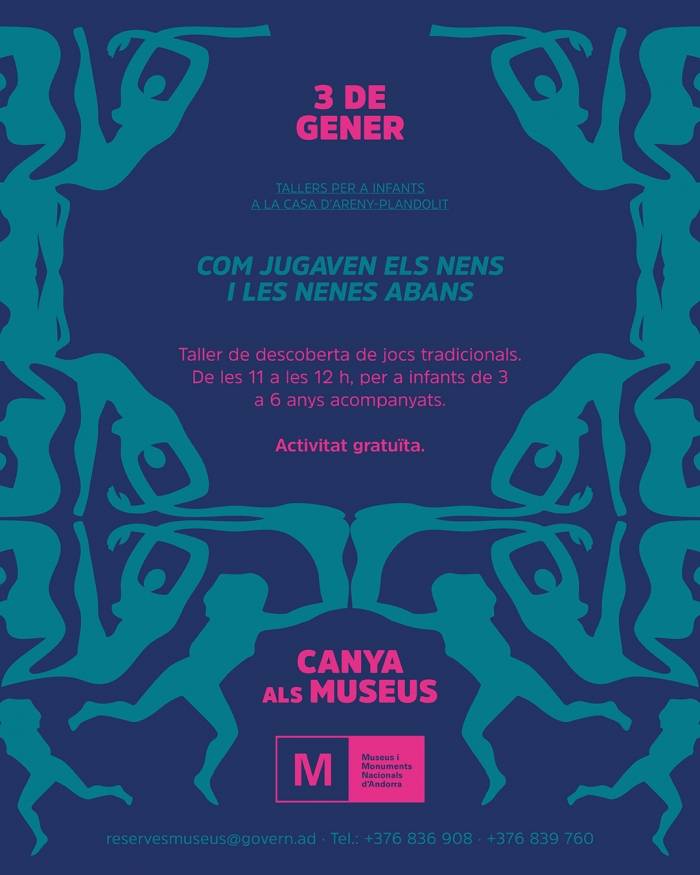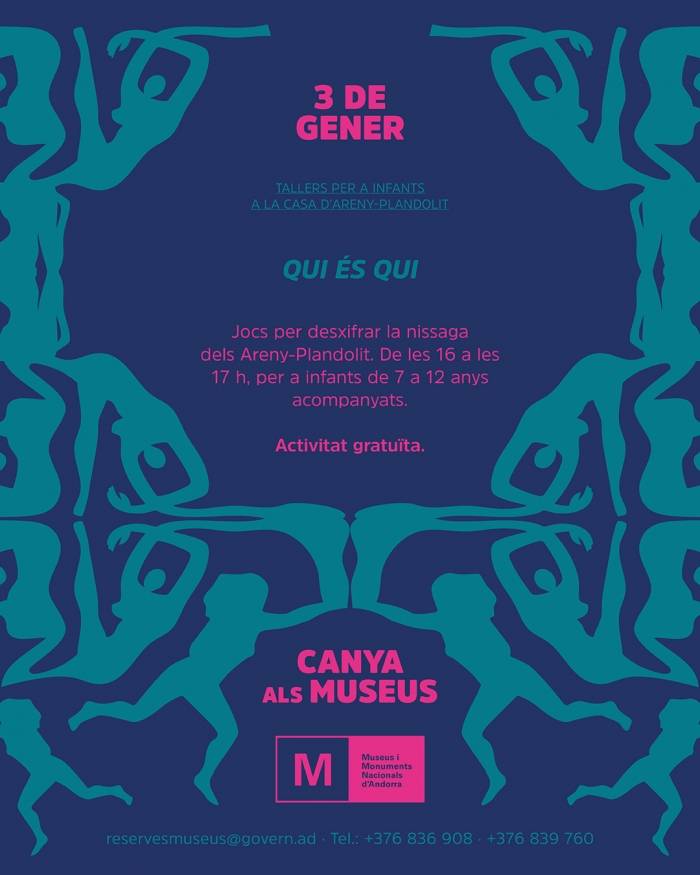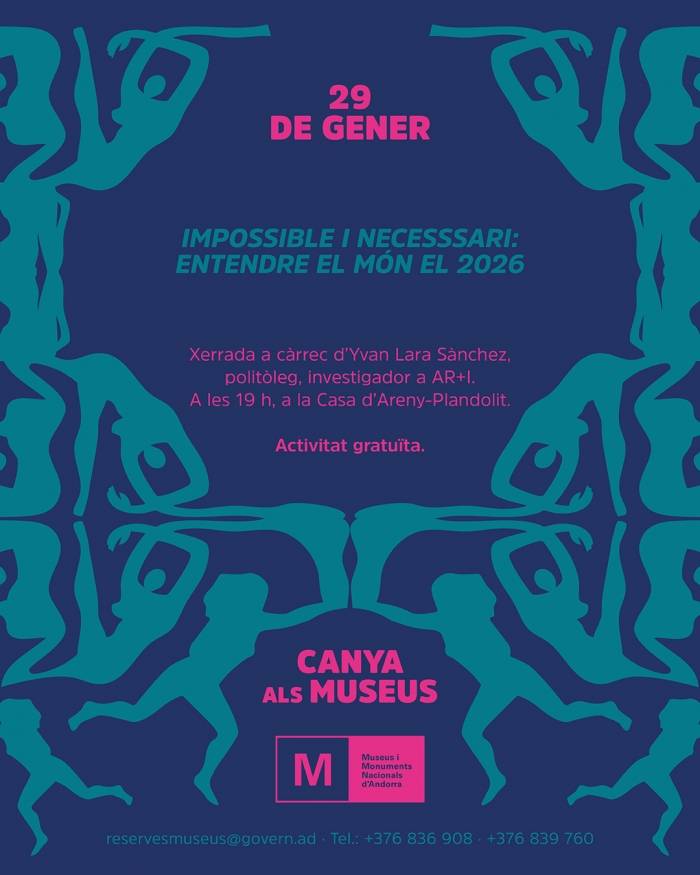The chapel and the dovecote
The chapel and the dovecote are the most recent constructions among those that form Casa Rossell. Both of them, along with the gallery, are meant to highlight the importance and social status of the family.
The chapel itself is the most recent construction. In 1779, the bishop of Urgell gave permission to build the temple, which was consecrated in 1780. This small chapel is dedicated to Our Lady of the Immaculate Conception, and contains a small image, one of the most distinguished artistic pieces of Andorran baroque, made by an anonymous artist by the mid-18th century.
The temple has been greatly modified since its construction. This building has a single rectangular nave facing north-east, with a small sacristy attached to the west. It also features a choir, probably the original one, which leads to a passage that connects the house with the chapel without having to cross the street.
A bell gable was added to the chapel after 1890.
The last modification was the replacement of the original wooden floor with the current concrete floor.
Dovecotes were used for dove breeding: dove excrements were greatly appreciated and used as fertilizer; furthermore, these birds could also be eaten.
The thin wall covering and the ashlar on the windows were used to protect doves from their predators, like snakes and rats.
There were various types of dovecotes, ranging from a room in the house to even an independent construction in the shape of a tower, like the one in Casa Rossell.
Dovecotes were a symbol of high social status and could therefore only be afforded by the wealthiest families.
From the courtyard, we can see the main façade of the house, facing south-east so as to make use of the abundant sunlight; this is why it has the highest number of windows. The ground floor has three windows protected by bars, while the two upper floors feature two balconies with iron rails: three on the first floor and four on the second. The wrought iron railing of the main balcony, which bears the initials of the family, was probably built in the mid-18th century, at a time of splendour brought forth by the iron industry and by a favourable economic and political situation.
The end of the War of the Spanish Succession linked the Spanish and French monarchies, which had a positive effect on Andorran economy and encouraged free trade with our neighbouring countries. The Rossells had been involved with the metallurgic industry at least since 1619, back when they were the owners of the El Serrat forge along with the Areny-Plandolits. Later, in the mid-19th century, Bonaventura Riba Calva married Francisca Magdalena from Casa Rossell and decided to build his own forge so as to increase the economic power of the family: the Rossell forge in la Massana, which functioned intermittently between 1942 and 1976. He was succeeded in 1863 by his son Joaquim Riba Fiter, who passed away in 1867. The Rossell forge was then managed by his wife, Dolors Camarlot, along with her eldest children, Maria Dolors and José, and eventually closed its doors in 1876.
By the mid-17th century, Casa Rossell was the second most important house in the parish of Ordino, just behind Casa d’Areny-Plandolit. As the Rossells increased their economic wealth, they also improved their social rank through the matrimonial alliances that they sought outside of our valleys, especially with members of the wealthy Pyrenean bourgeoisie. The political role of the family also increased.
The courtyard of Casa Rossell is a paved space meant exclusively for the family. The various elements of the estate were structured around this courtyard, which was used to carry out a series of tasks related to agriculture and livestock breeding, the main economic activities of the family throughout the centuries.
The flattest part of the courtyard was used as a threshing floor for a while: dry straw would be laid there and threshed by the mules that were made to walk in circles around it, so as to separate the grain (to make flour) and store the hay in the main barn. The current appearance of the courtyard probably corresponds to the 19th or early 20th centuries.
The main barn has two floors, each with a very specific function: the ground floor was used as a stable for the cattle, while the upper floor was used to store the hay, which was used to feed the cattle, once dry, throughout the long winter months, as the lack of pastures made it impossible to bring the cattle outside. One of its most prominent features is the large opening (gaial) that occupies the width of the façade.
Agriculture and livestock breeding were the main sources of income for the Rossells throughout their existence, although the structure of these activities changed according to the demands of the market. For example, between the 17th and 20th centuries, the family was a great producer of wheat, which was mainly destined for sale. By 1810, the Rossells owned more than 58 hectares in Ordino meant for the production of wheat.
The changes in the economic activity can clearly be seen in the area of livestock breeding. In the 17th century, the family mainly bred sheep (between 2.000 and 5.000 heads of cattle). Mules were introduced in the 18th century, and the sheep were maintained. By the 19th century, the number of sheep went down and the breeding of equines was introduced. Finally, by the late 19th century, this activity was largely focused on the breeding and exportation of bovines.
From the courtyard, we can also see the gallery with its pointed windows, one of the elements that try to emphasize the economic status of the family. We know its appearance is not the original one, as an 1890 picture of Ordino taken by the Hiking Centre of Catalonia (Centre Excursionista de Catalunya) shows how the gallery originally had a different appearance. It was probably modified between 1890 and 1930. In fact, galleries are rather rare in Andorran houses, as this type of construction is better suited for warmer climates; still, other Andorran houses, such as Cal Guillem in Andorra la Vella or Cal Giberga in l’Aldosa, also have galleries.
The courtyard, a multifunctional space, used for many tasks related to agriculture and livestock breeding.
This space has two functions: the upper floor was used for storing the hay used to feed the cattle during the winter, and the lower floor was used as a stable for the cattle.
A large diaphanous space that was used for storing the food for the cattle during the winter months. It is currently a multifunctional space for cultural uses.
This building, with its four floors, was used for dove breeding; dove excrements were used as fertilizer for agricultural fields.
Current appearance of the private chapel of Casa Rossell, presided by the Immaculate Conception in the chancel.
A detail of the holy water stoup inside the private chapel of Casa Rossell.
The final floor of the dovecote tower; we can see the openings for the doves, so they could exit the building and return to it as their food was guaranteed.
The private chapel of Casa Rossell, crowned by a bell gable, with the family dovecote right behind it.
A stroll through the gardens of Casa Rossell, which were once used for agricultural tasks, leads us through a set of stairs to the centre of Ordino. From Carrer dels Cóms, we can see the splendid Casa Rossell, with its singular gallery and façade. A last glance allows us to see the 17th-century stately home and its environment, a sign of the power held by the Rossells throughout four centuries.
The interior of the house (which cannot be visited) contains many cellars in the ground floor, a central dining room, alcove bedrooms and the kitchen in the first floor, more bedrooms and a couple of storage rooms in the second floor and, finally, an attic in the final floor. Dovecote holes can be seen on the final floor of the house from the outside.



 Andorra RECOMMENDS THE BEST ESTABLISHMENTS
Andorra RECOMMENDS THE BEST ESTABLISHMENTS